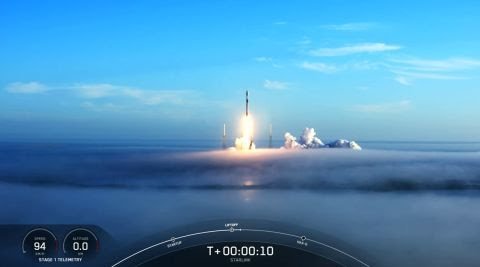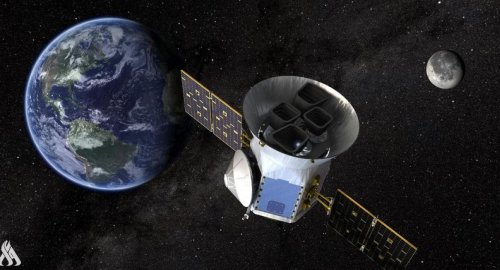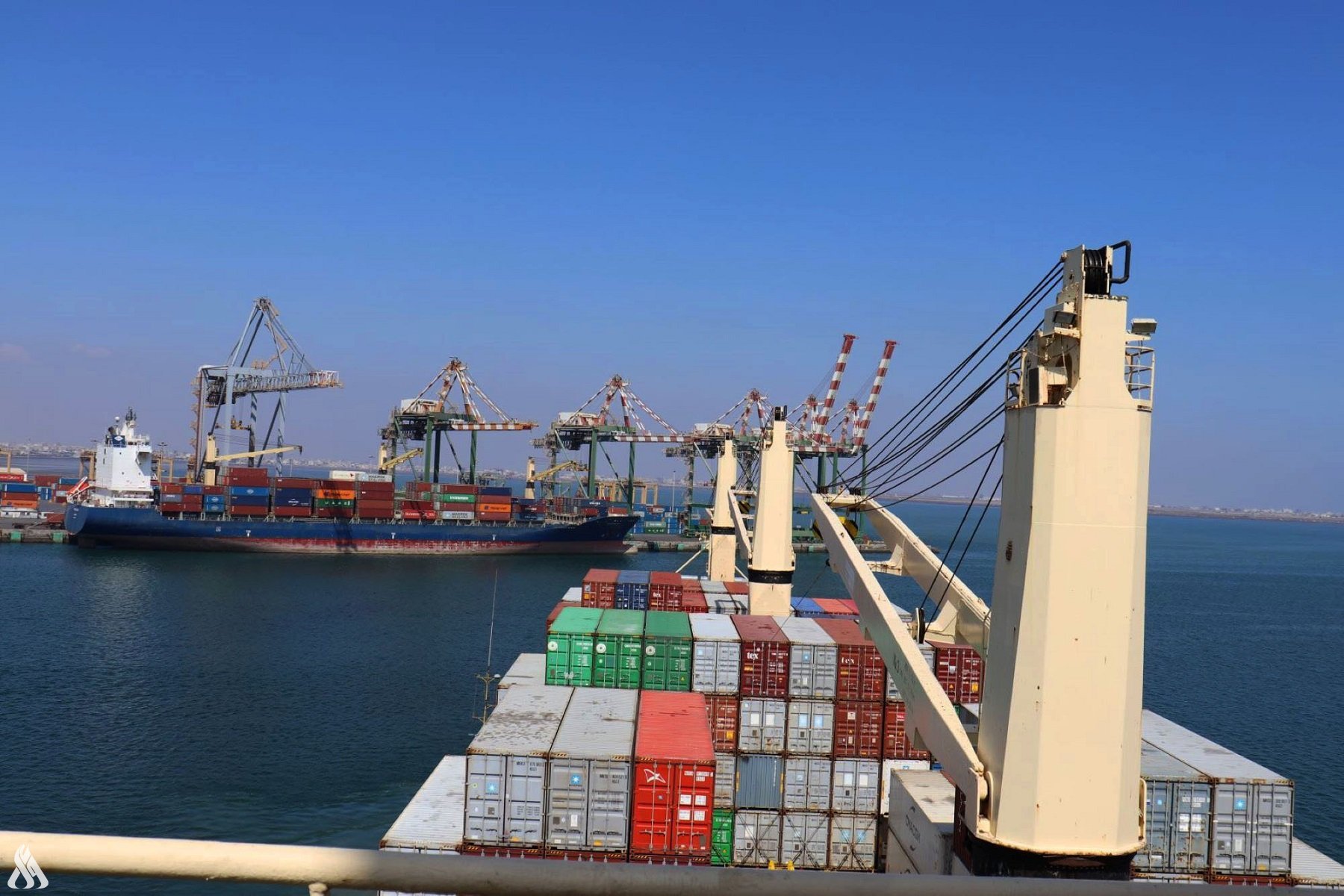
Foggy flight, SpaceX launches 53 Starlink internet satellites

- 13-11-2021, 19:58
INA - BAGHDAD
SpaceX just launched its second rocket this week, this time carrying a stack of Starlink satellites into orbit in a foggy flight, before sticking a booster landing at sea.
The previously-flown Falcon 9 rocket blasted off from Space Launch Complex 40 here at Cape Canaveral Space Force Station at 7:19 a.m. EST (1219 GMT), marking the company's 25th launch of the year. It also marked this particular booster's ninth flight.
"Falcon has landed," SpaceX Dragon propulsion engineer Youmei Zhou said during live commentary. "This marks the 87th overall successful recovery of a Falcon 9 first stage."
The launch attempt comes just 24 hours after SpaceX was forced to delay due to stormy conditions here at the Cape. Saturday morning started out with a layer of dense fog hanging over the launch site, which slowly dissipated once the sun came up. Sitting on the launchpad, the rocket was barely visible, but once it leaped off the pad and into the sky, the rocket was crystal clear against blue skies.
The successful liftoff marked the first SpaceX Starlink launch from Florida on one of its 229-foot-tall (70 meters) workhorse Falcon 9 rockets in six months. (SpaceX launched a Starlink mission from its California-based launch pad in September.)
The company attributes the brief lull in Starlink launches to the roll out of new satellites, which are now equipped with laser-based systems to communicate with each other in orbit, and less with the ground.
About nine minutes after liftoff, the rocket's first stage returned to Earth, touching down on SpaceX's drone ship Just Read the Instructions, for a successful landing. The ship, which was previously scheduled to support the launch of SpaceX's Crew-3 astronaut mission for NASA, which lifted off on Wednesday (Nov. 10), swapped duties with its counterpart A Shortfall of Gravitas, which is SpaceX's newest ship.
SpaceX officials said that due to the delays with the most recent crew launch, Just Read the Instructions was forced to stay out at sea, braving waves ranging from 20 feet to 25 feet high. Although the drone ships are designed to withstand those wave heights, the teams opted to switch out the ships (and the crew) so teams would be fresh for both launches.
Al-Sistani: Tomorrow, the 29th of Ramadan
- Local
- 25/03/29
Al-Amiri warns of any war between Iran and the US
- politics
- 25/04/01












